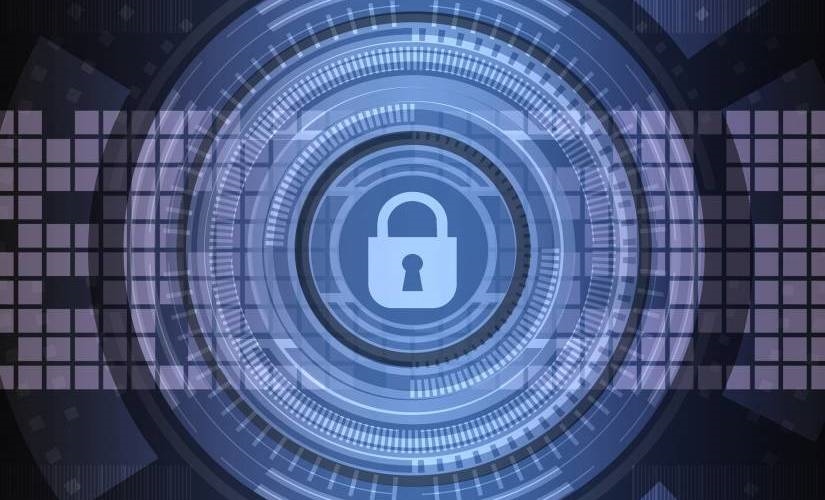Is Workplace Privacy Dead?
Is Workplace Privacy Dead?

Some years ago, employee monitoring wasn’t as popular as it is today. Surely, there were specific means of monitoring like punch cards. Today it seems we have punch cards, times a billion — on steroids. As technology is developing, so are the ways to monitor employees. Companies can now monitor emails, calls, website and app usage, as well as mouse and keyboard strokes. Individual monitoring companies offer remote access to employees’ computers or even video recordings of employees’ displays.
On the other hand, privacy concerns have grown in the past couple of years. After General Data Protection Regulation (GDPR) and the California Consumer Privacy Act (CCPA) were introduced, many countries followed the lead and started updating their laws in order to provide the people with more control over their data. These laws also started creating a world in which we, as data subjects, became more aware of the ways our data is being (mis)used.
What does privacy have to do with employee monitoring? Everything. There are specific ways monitoring affects privacy, employee engagement, satisfaction, etc. There are also certain legal implications involved – privacy laws, work directives, and wiretap laws to abide, and we will explain everything in this post.
How Employee Monitoring Affects Workplace Privacy?
There’s no definite answer to this question as it depends on many factors. It depends on how companies introduce employee monitoring systems, as well as which data and how they’re collecting.
A recent survey found that 64% of employees are concerned their employee data will be misused. Additionally, 52% think employee monitoring can damage trust. However, 92% of employees are willing to share their data if it will help them improve productivity, wellbeing, or to get some other benefits. Employees willing to be monitored (especially for a benefit to them) is good news for those employers who are confident they’re using workforce data in a very responsible way (which is only 30%).
To gain employee trust and lawfully use monitoring systems, employers must give control of that data to employees. Additionally, employees should have more autonomy in making decisions. It’s actually very simple — in order to get the data — companies must give the employee something in return.
Do’s and Don’ts of Employee Monitoring
If you’re thinking about introducing an employee monitoring software into your organization, you must consider certain factors. Additionally, there are best practices you should follow to ensure your management and employees are on board.
Don’t install employee monitoring software without your employees’ knowledge. In most countries, it is illegal to monitor someone without their knowledge, and in some countries, you must even obtain written consent beforehand. Do consult a legal team about the local laws on monitoring, privacy, taping, etc.
Do meet with your entire team before implementing the software, and take as much time you need to explain in detail why you’re installing the employee monitoring software, which data it will be collecting and what will you use it for. Open communication is the key to avoid losing your employees’ trust.
Don’t collect any data you don’t need. If you’re only looking to track website and app usage, there’s no need for you to log keyboard and mouse activity as well. Having excessive amounts of data can only put you at risk, and you won’t have any use of it.
Do organize an implementation team that will take care of researching employee monitoring software, negotiate the prices, and handle the installation process.
Do limit access to the data you’re collecting. A good rule of thumb is that HR Managers and team leaders have access to the stats. Also, each employee should be able to see their own statistics.
Don’t track employees’ personal messages, personal phones, and social media networks.
Employee Monitoring and Privacy Around the World
Globalization and technology advancements have made it easier for companies to hire employees all over the world. The predictions are that 42.5% of the global workforce will be mobile by 2020, which is just 1 year away! What is more, 43% of the US employees are already working remotely to some extent.
With this in mind, it is probably likely that your company already has remote employees in distant places. If you’re considering employee monitoring software, you need to be mindful of the local laws.
Last year’s research has shown that the United States and Australia require the lowest compliance resources in order to implement comprehensive employee monitoring software. On the other hand, if you’re looking to monitor someone working in Finland or Italy, you would need to implement stricter rules, policies, and security measures. Breaking privacy laws brings in hefty fines — so it’s definitely better that you take the time to consult a team of legal experts before you start monitoring.
The laws also differ depending on what you’re looking to monitor. Some countries allow for the monitoring of phone calls, while others strictly forbid it. The same goes for personal communication, keyloggers, GPS, etc.
Ethical Considerations of Computer Monitoring
Ethics are defined as moral principles that govern a person’s behavior or the conducting of an activity. The practice of employee monitoring could be in conflict with your own personal views and beliefs. However, in this case, you should take your moral views aside and focus on the culture and values which drive your organization.
The best way to implement and use employee tracking software in an ethical way is to ask yourself the key question – why do you want to track employees?
Is it to optimize processes? Boost productivity? Protect yourself against insider threats? Are you maybe looking to calculate billable hours more efficiently? Or are you simply looking for another way to micromanage your employees?
If you answered yes to the last question, it would be best that you don’t use any kind of employee tracking tool. Employee monitoring under such circumstances isn’t ethical, and in this case, the ends don’t justify the means.
Stop and ask yourself at which point does monitoring interfere with personal privacy? You need to be aware that every employee spends a portion of their time conducting private business while at work. If that’s not affecting the workload or results, it shouldn’t be an issue. But let’s say your monitoring tool is set to take screenshots at random times, and it takes a screenshot while Janet from the accounting is buying new shoes. Suddenly, you have information about her billing details. Think about situations like this one.
Because no matter what you think, your employees do spend some time at work on Facebook, Instagram and shopping websites.
Is it Worth it?
Of course, it is! If you follow best practices, common sense, and legal requirements, you could be looking at software that will be your team’s biggest asset.
It’s incredible how many benefits employee monitoring carries, from helping you calculate billable hours and payrolls more precisely. Tracking tools can also help you identify and remove the biggest productivity killers in the office. What’s more, you’ll have a better overview of which software your employees are using, and you can cut costs on those that are not frequently operated.
After a few weeks, you’ll be able to forecast project budgets, time, as well as the number of staff members you’ll need for this particular job.
Employee monitoring doesn’t have to endanger your company culture. Some companies were able to improve their culture since the software allowed them to spot all kinds of harassment in the workplace. Additionally, thanks to tracking tools, companies were able to detect internal threats and potential data breaches. By embracing the growth attitude in this situation, your employees will see that monitoring can improve productivity, policies, procedures, customer satisfaction, and your overall service or product.
It might not work this way in all companies. But as we already said, it depends on how you decide to implement and use computer monitoring software.
The point is that it doesn’t have to be an uncomfortable experience for anyone. Look at it as an add-on which will improve your culture, company relationships, and efficiency, without disturbing privacy in the workplace.
The post Is Workplace Privacy Dead? appeared first on ReadWrite.
(27)


